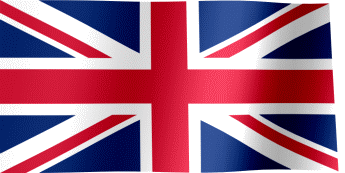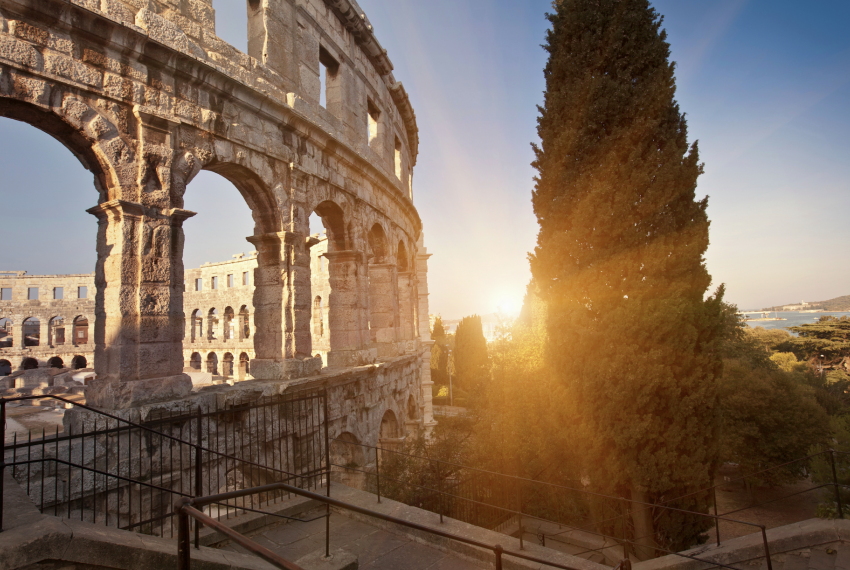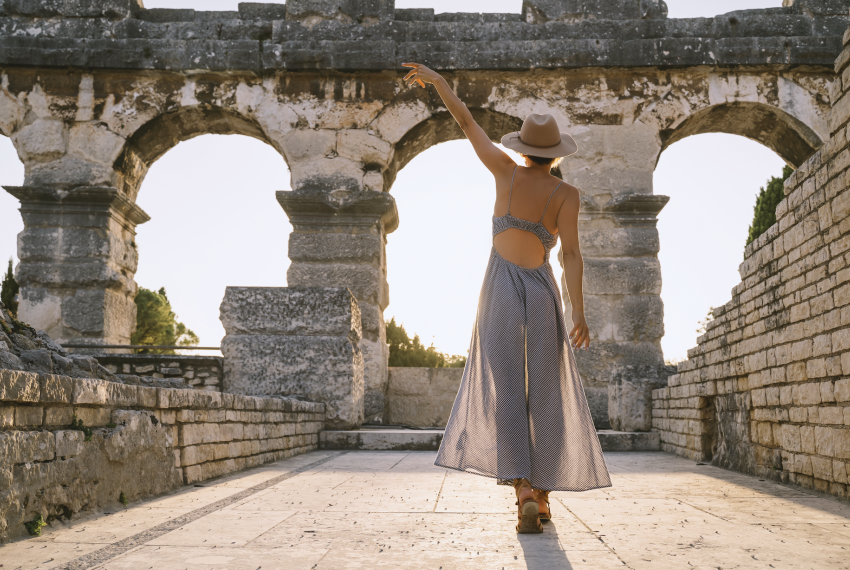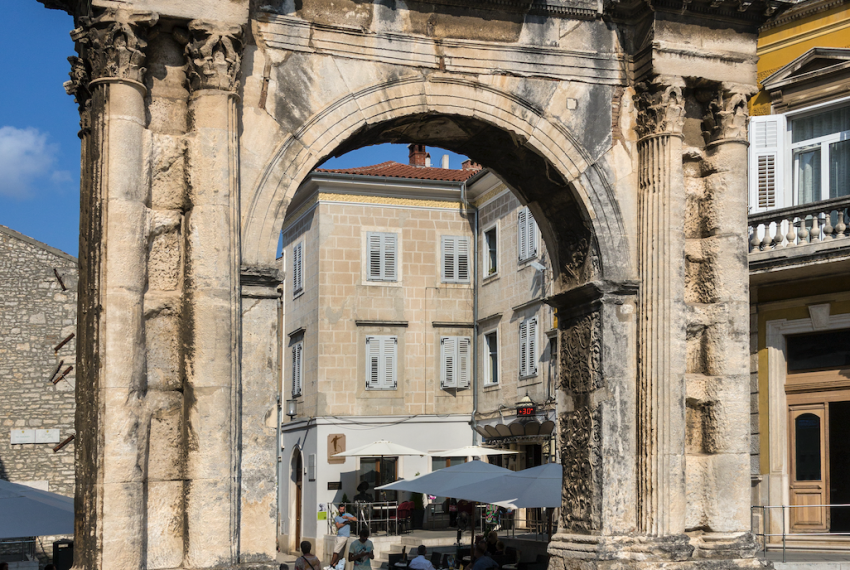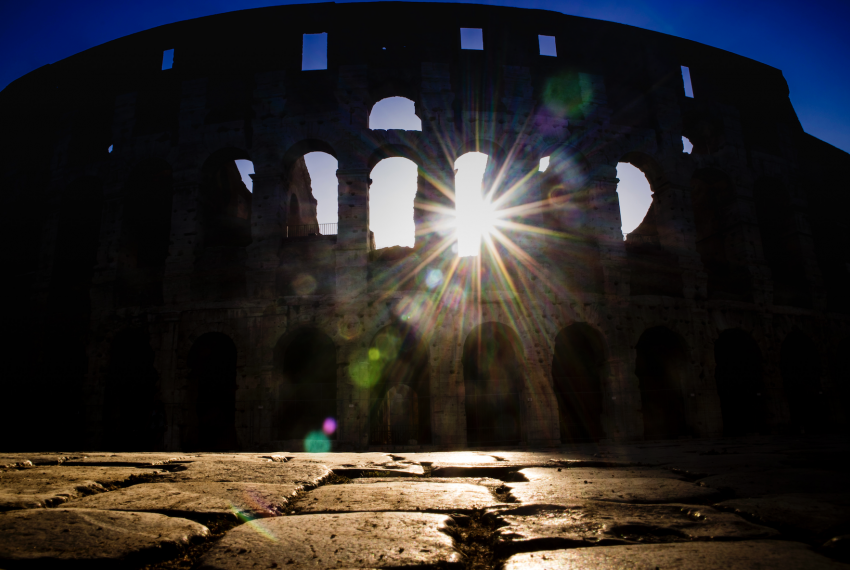Pula in Istria - Walk in the footsteps of gladiators
Pula, a charming city on the tip of Croatia's Istrian peninsula, is famous for its fascinating blend of history, culture, and stunning coastal views.
Known as the City of Gladiators, Pula’s legacy is deeply rooted in Roman history, with the iconic Pula Arena standing as a testament to its ancient past.
The Roman city “Pietas Julia”, which we now know as Pula in Croatia, was a buzzing urban hub. A big part of that was trade, especially since it was built on a bay that made for a perfect natural port, even before the Romans showed up.
The city really grew thanks to its economic significance, which led to the construction of all sorts of impressive public buildings like temples, baths, and cultural spots. But the real standout structure, without a doubt, was the amphitheater in Pula.
How did Pula get its name?
Pula’s name traces back to ancient history, with theories suggesting it could stem from the Greek word "Polai," meaning "city," or from "pola," the Latin word for "fortified settlement."
Whatever its origin, Pula’s name has become synonymous with an experience-rich destination steeped in stories of Roman emperors, gladiators, and maritime trade.
What to see in Pula?

Pula Arena
One of the most visited attractions, this Roman amphitheater is a must-see. It’s one of the best-preserved arenas globally and offers insight into Roman architecture and ancient gladiator combats.
There are several well-preserved Roman amphitheaters across Europe and the Mediterranean region (Pompeii, Rome, Verona, Nimes, Arles, El Djem).
Narrow streets of Pula
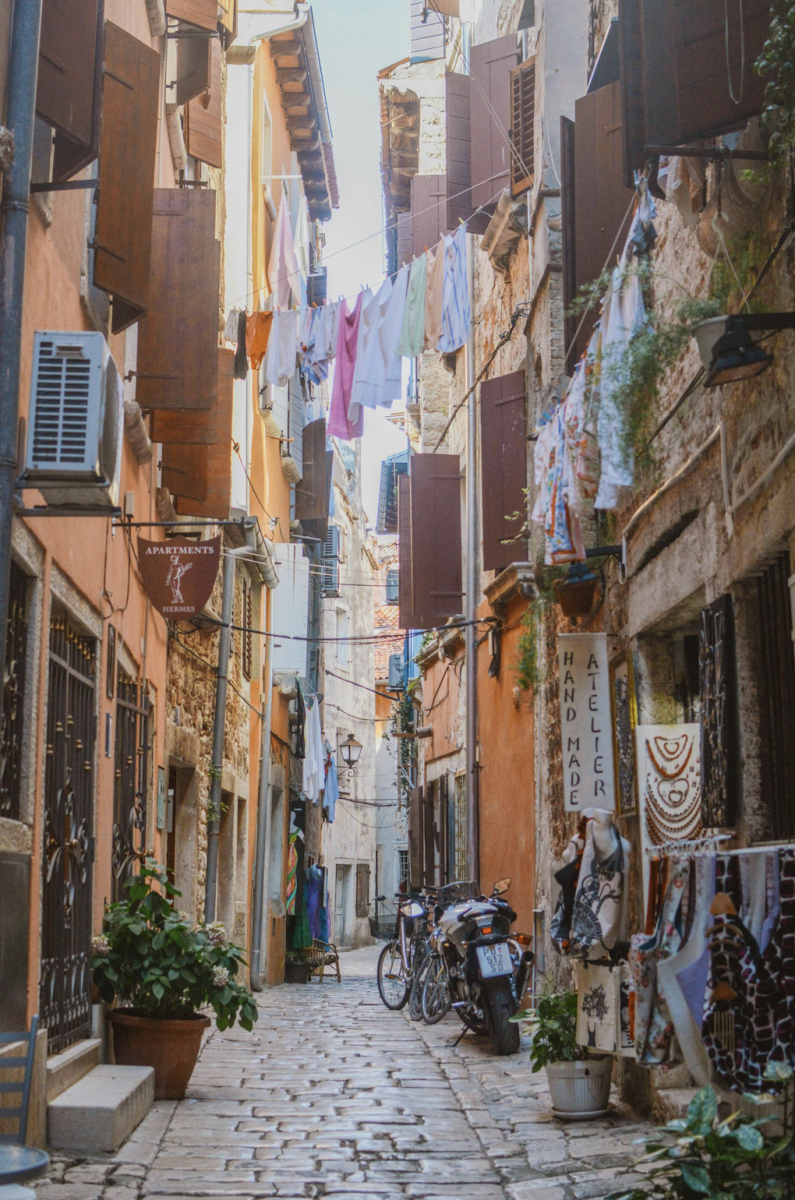
The narrow streets are lined with buildings from various eras, including the Roman, Venetian, and Austro-Hungarian periods. The labyrinth of alleyways is reminiscent of medieval cityscapes, designed to maximize shade and protect residents.
Temple of Augustus
A beautiful Roman temple dedicated to Emperor Augustus showcases Pula's connection to its Roman past. Standing still since the 1st century AD, it was used as a church and a granary over time.
Arch of the Sergii

This ancient arch is a great photo spot and was built in honor of the Sergii family, showcasing Roman craftsmanship. It's not just a statue, it's a symbol of Pula's enduring spirit.
Forum Square - Piazza Foro
A public square dating back to the Roman era, perfect for evening strolls and soaking in the local atmosphere. Primarily used to defend locals, now it is a symbol of local pride.
Kastel Fortress
Offering panoramic views of the city and its harbor, this fortress adds a medieval touch to Pula’s Roman heritage.
Farmers Market
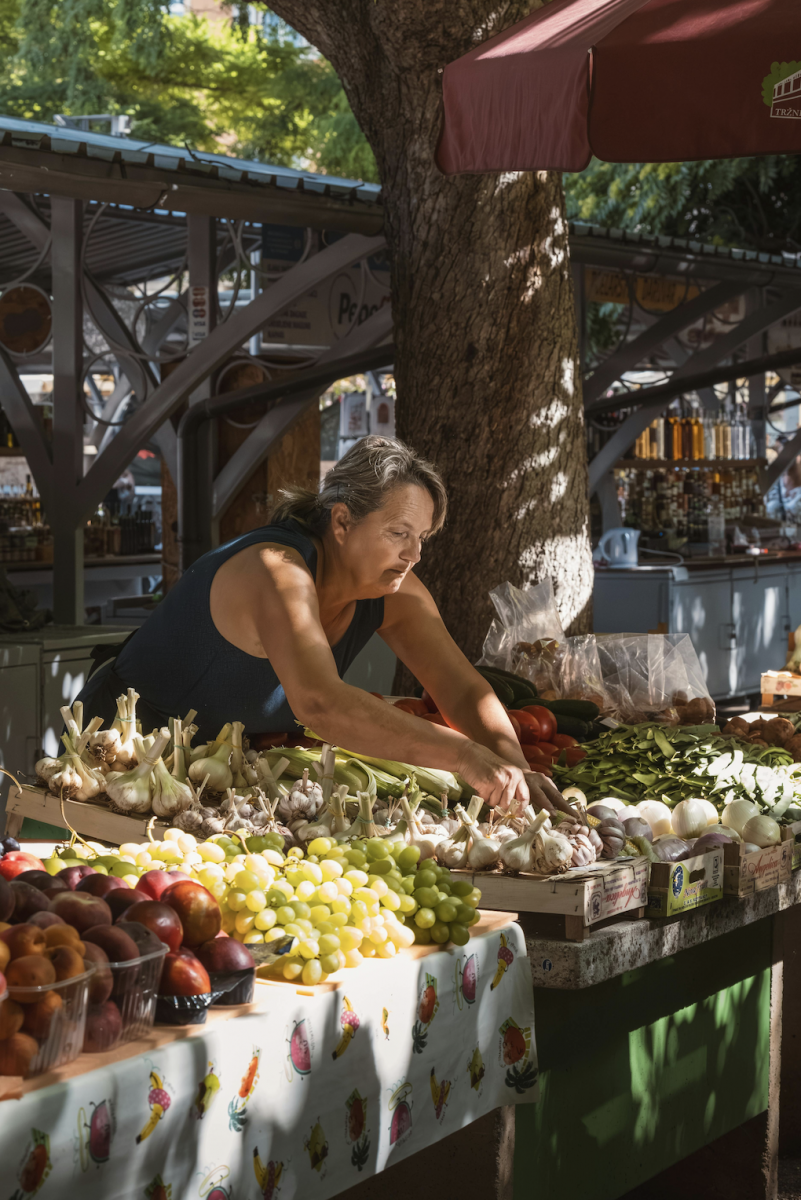
The City Farmers' Market has been a bustling place for both locals and visitors for over 100 years. The ground floor hosts a modern fish market, offering a wide selection of fresh seafood.
Adjacent areas are dedicated to butchers, cheese vendors, and other local delicacies. The open-air section outside the main building is filled with stalls selling fresh fruits, vegetables, flowers, and honey.
What to do in Pula when it rains?
Rainy days won’t stop the fun in Pula! Visit the Istrian Museum of Contemporary Art or explore the Historical and Maritime Museum of Istria for a deep dive into local culture.
Wine tastings and cooking classes are also great options for a cozy yet memorable experience.
Discovering the Pula Arena

The Pula Arena, often referred to as the Colosseum of Croatia, was historically used for gladiator battles.
The construction of the Arena in Pula started while Augustus was in charge, from 2 BC until 14 AD.
Later on, during Claudius' time, they added a small stone amphitheater on top of the wooden one.
But the shape we see today was finalized thanks to Emperor Titus Flavius Vespasian, who decided to expand it in 79 (1st century). There's a fun story that says he was inspired to do this by his love, Cenida.
After the emperor passed away, his son and successor, Titus, had to wrap up the project.
Around 22 000 spectators packed in to watch the gladiator fights, and they got in through 15 different gates. But under the arena, they built some underground tunnels that let wild animals or gladiators pop up into the arena.
The Arena is 132 meters long and 105 meters wide, while the walls are about 32 meters tall and have three levels. A total of 72 arches on each of the two floors and a top floor consisting of 64 rectangular openings.
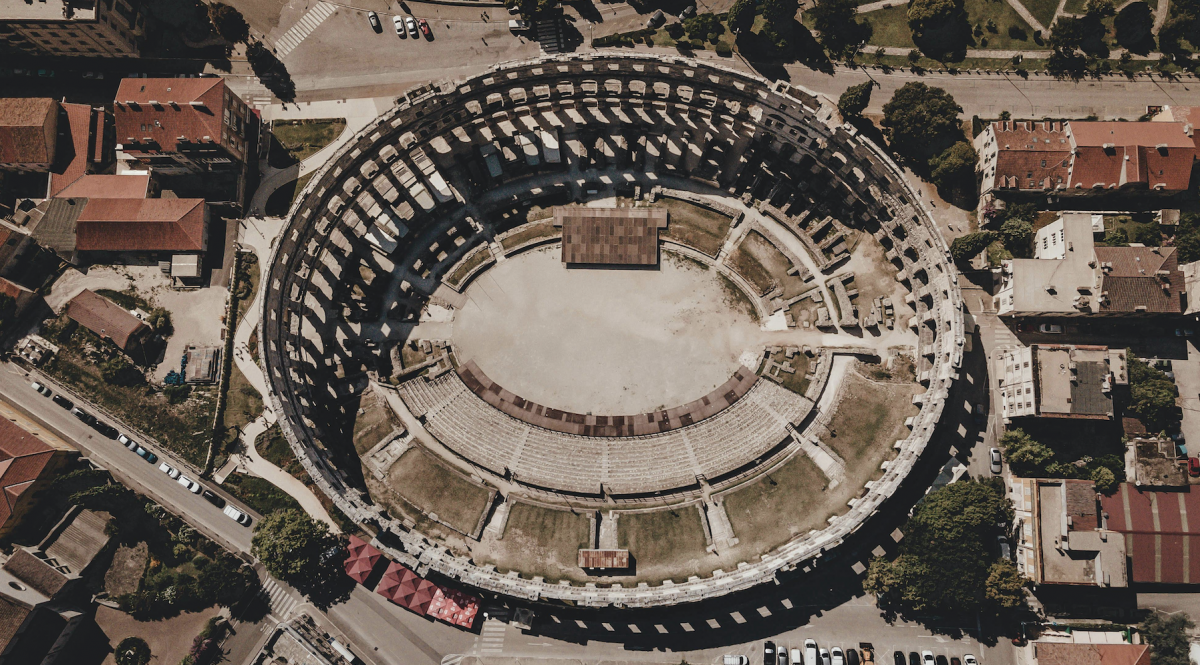
Today, the arena serves as a venue for concerts, film festivals, MMA fights, and other events, offering a unique mix of history and entertainment.
Ticket prices for the Pula Arena generally range from €10 to €15 per person, though discounts may be available for students and groups.
Best restaurants in Pula
Pula’s culinary scene is vibrant, offering a range of dining options from traditional Istrian flavors to international cuisines.
Veritas Food & Wine
You will find Veritas next to the ancient Basilica Maria Formosa. Known for its local wines and traditional Croatian dishes, Veritas offers an authentic taste of Istria. This family-run restaurant serves seafood, barbecue, vegetarian-friendly options, steaks, house-made pasta and more.
Price range: €17 - €31 per person
Agrippina Street Food
Perfect for a quick, delicious bite with a local twist, specializing in creative street food options. Visitors point out the warm ambiance, attentive service, and location. They serve burgers, tacos, BBQ ribs, tuna salad, truffle fries, and more...
Price range: €10 - €25 per person
Konoba Boccaporta
A cozy konoba known for its hearty, traditional Istrian meals, perfect for an authentic Croatian dining experience. They serve squid, octopus, pasta, risotto, meat dishes, fish dishes, and more. Also, they provide vegetarian-friendly, vegan options, and gluten-free options.
Price range: €12 - €35 per person
Pula restaurants with sea view
Looking to enjoy your meal with a sea view? Here are some top picks:
Ribarska Koliba Restaurant
A seafood lover’s paradise, Ribarska Koliba (Fisherman’s Hut) is ideal for fresh catches paired with gorgeous Adriatic views. MICHELIN-Starred restaurant which serves seafood, soups, pastas, risottos, meat plates, and more. Find them in the Verudela 3 street.
Price range: €19 - €300 per person
Piazza Nove
Known for its Italian and Mediterranean-inspired dishes, it combines great food with a beautiful seaside ambiance. Great spot for a sunset and dinner, serving up all kinds of burgers, pasta, and seafood.
Price range: €20 - €150 per person
Yacht Bar & Restaurant
Located at the marina, this spot is perfect for those who want to relax, enjoy the view, and sample some delicious local seafood. Floor-to-ceiling windows and a spacious terrace where you can get scampi, salads, risottos, calamari, beefsteak, and more.
Price range: €5 - €50 per person
How many days do you need in Pula?
A three-day visit to Pula is ideal for covering major attractions, dining experiences, and exploring nearby beaches or parks. However, if you want to take day trips around Istria, plan for a longer stay to fully immerse yourself in the region’s beauty.
Accommodation in Pula, Croatia
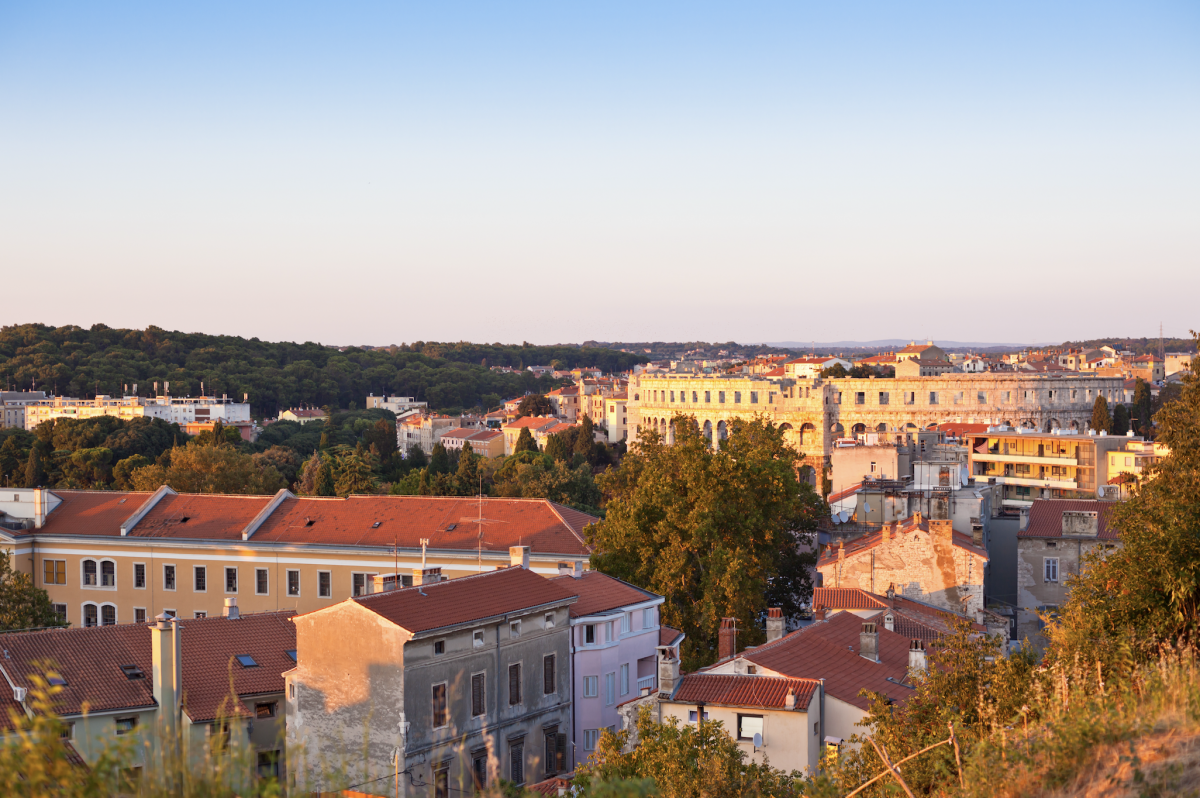
Pula offers a lot of apartments, vacation and holiday houses that suit almost every traveler’s need.
Many apartments and accommodation units are located close to the city center or the beach, giving you easy access to the best sights and sounds of Pula.
Popular options include Pula’s luxury villas with pools (private vacation rentals) with sea views.
Whether you're a history enthusiast or simply looking for a coastal escape, Pula promises a mix of cultural immersion and scenic relaxation that will leave you amazed.




